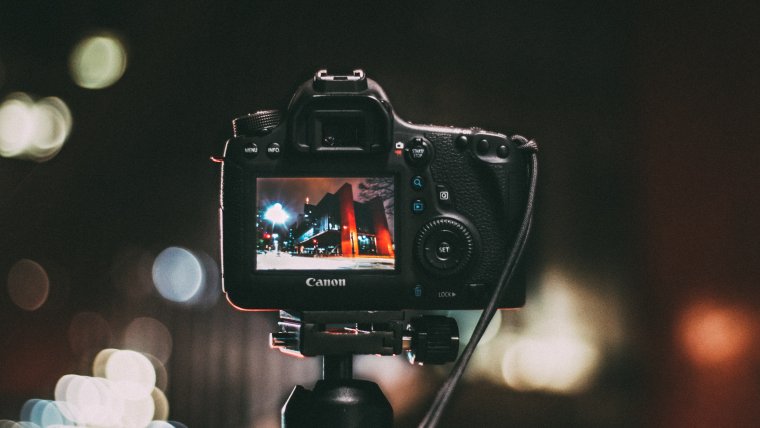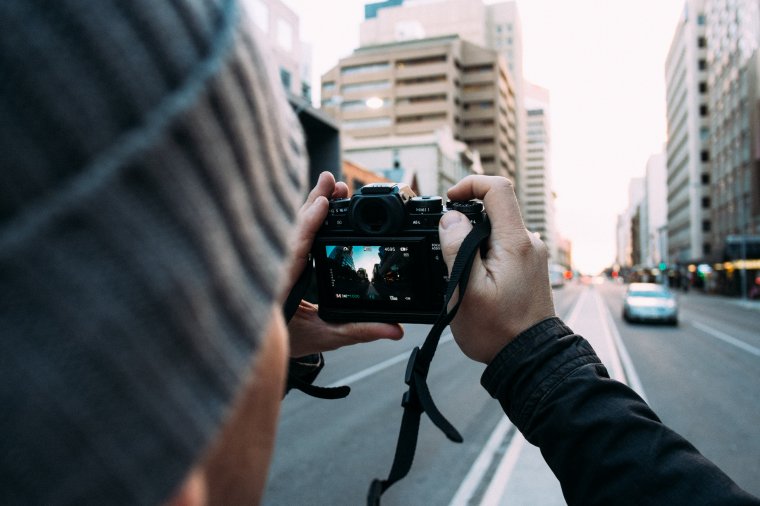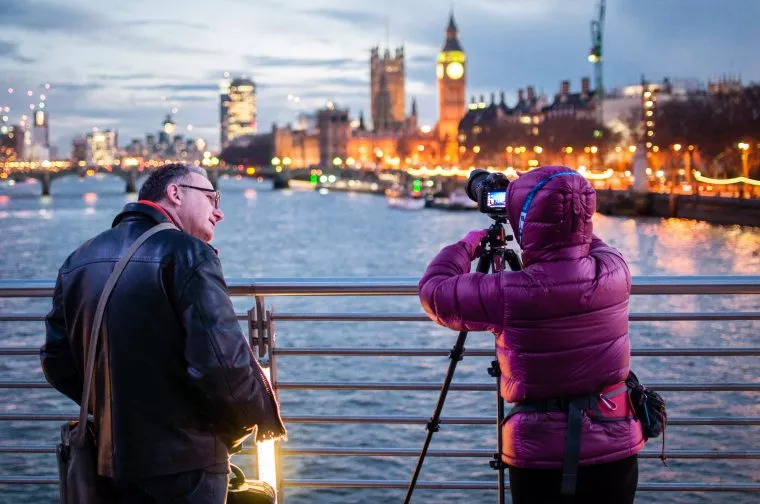
Ever wondered how that little rectangle you look through on your DSLR (Digital Single Lens Reflector) or Mirrorless camera works? You use it before capturing your shot and for shooting accuracy. Well, that is your Optical Viewfinder and by definition the eyepiece you look through to frame and focus your shot before taking a picture. Imagine there were times in the past where Photographers or creatives like ourselves did not have an Optical Viewfinder to guide them in precision. They had to point their camera in the right direction and assume that they were taking an image of the good thing. Optical Viewfinders came about when SLRs (Single Lens Reflector) were brought into this world just around the 1900’s when a small intricate system of mirrors would project these images right side up for us to capture.

As a Photographer, we should remember that light travels in a straight line but can be manipulated in three ways. These three ways are through Reflection, Projection & Refraction. In the case of our DSLR or SLR Camera as observed in the name, they manipulate light through reflection. The process of how this happens step by step can easily be explained. When light passes through the lens, it hits a mirror inside the camera that bounces the light up through a pentaprism and then into the Optical Viewfinder used to frame the shot in focus. However not all of the light hits the Viewfinder, the other portion hits an Auto Focus Sensor in your DSLR. Now, where it gets interesting is when you press your shutter release button, that whole mirror assembly flips up (that click you hear when taking a photo), and the Viewfinder blacks out until the Camera is finished taking that exposure level. So, in essence, you will always see approximately the same light or exposure level you saw when you were looking through the Viewfinder.
If you are the user of a Mirrorless Camera such as the Sony a7 Full-Frame Digital Camera, the process described earlier might be a bit different. In the Mirrorless Camera such as the Sony a7, there are no mirrors. Instead, the light travels straight through the lens onto the sensor in charge of autofocus and then relays the image onto the EVF (Electronic Viewfinder) or the screen on your Camera. This, of course, can help to speak in regards to the size of a DSLR and Mirrorless Camera since there is no mirror mechanism inside. Make no mistake, the job done on both Cameras through the work of the Viewfinder are both superb. However, they both work in different ways.

When looking through the Optical Viewfinder on your DSLR preparing to take an Image, you’ll realize a few things being displayed. Other than your focusing points, you’ll see a few Digits at the bottom. The first set of Digits you’ll see is your shutter speed, followed by your aperture level. These help you to adjust your Camera settings when shooting in manual, so you’ll be able to catch the right shot. You will then see a scale with a marker, this scale and marker speak to your exposure level. Hence when the marker is in the middle the scene being captured is exposed correctly, but you should keep an eye on this because if the marker is too far in either direction, the image may either be overexposed or underexposed. The last important set of digits you’ll see is your ISO value. Also depending on the camera being used, there is a possibility that through your viewfinder you will see just about 95% of the scene. Therefore, you should expect to see a few extra things being captured in the final Image.
For photographers who are forced to use correction lenses, you’ll see a diopter either beside or above your viewfinder. This acts as how your correction lenses would, cool right? The Diopter will help you dial in and focus on getting a sharp image without the use of your glasses. Also depending on your Camera, if it’s like my Canon T5 it will be in the eyepiece (Viewfinder). Others may have it as a snap or slide on.
All sounds so simple, right? Well, it’s not that complicated how the Viewfinder in DSLRs and Mirrorless Cameras work. You’d be surprised to see how far the age of Photography has come from the first image being taken with an exposure that lasted for hours. Now where it only takes us just a fraction of a second to capture that moment in time, where a lens and mirrors all work in sync, giving us the exact scene our eyes are seeing and most times, even more, detail than we imagined. So next time you pick up your DSLR or mirrorless camera and release that shutter hearing that click, keep in mind how simple your Viewfinder works and Educate those who’ve been using Cameras for years and had no clue the Technology behind it.
Comments (0)
There are no comments yet.